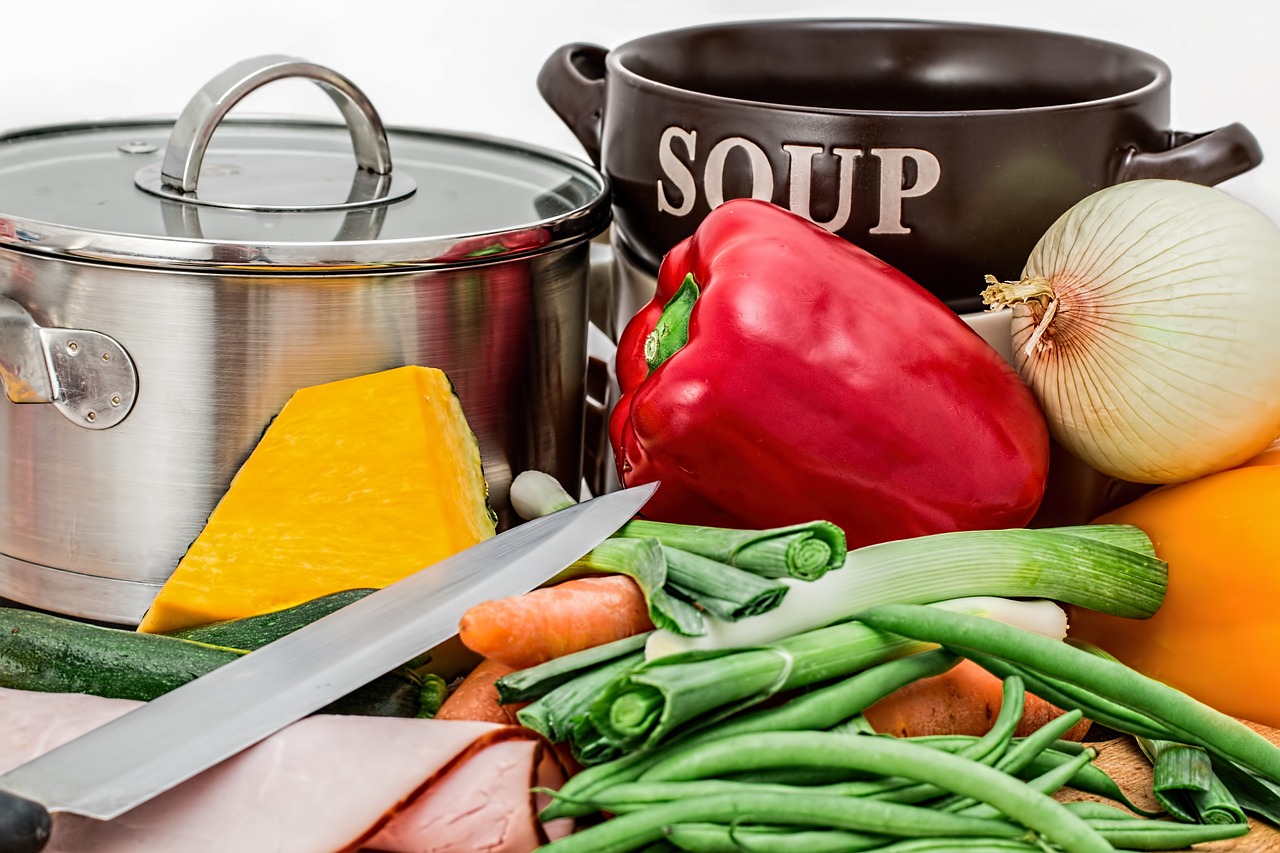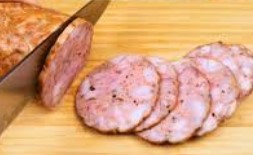Embarking on a gluten-free journey can feel daunting, especially when you’re faced with the challenge of reinventing your favorite recipes. But fear not! This comprehensive guide is your passport to a world of delicious and satisfying gluten-free cooking. Whether you’re newly diagnosed with celiac disease, have a gluten intolerance, or simply looking to explore new culinary horizons, we’ll equip you with the knowledge and recipes to thrive.
Understanding Gluten and Going Gluten-Free
What is Gluten?
Gluten is a protein found in wheat, barley, and rye. It’s what gives bread its elasticity and chewy texture. For people with celiac disease, gluten triggers an immune response that damages the small intestine. Others may experience non-celiac gluten sensitivity (NCGS), causing symptoms like bloating, fatigue, and headaches.
Identifying Gluten-Free Foods
- Naturally Gluten-Free:
Fruits
Vegetables
Meat and poultry
Fish and seafood
Beans, lentils, and legumes
Rice
Corn
Potatoes
Quinoa
Buckwheat
Tapioca
- Foods to Avoid (Unless Labeled Gluten-Free):
Bread
Pasta
Cakes
Cookies
Crackers
Beer
Many processed foods
Tip: Always read labels carefully. Look for certified gluten-free labels to ensure products meet specific standards.
Benefits of a Gluten-Free Diet (Beyond Managing Celiac Disease)
- Improved Digestion: For those with gluten sensitivity, eliminating gluten can alleviate digestive issues.
- Increased Energy Levels: Reducing inflammation associated with gluten intolerance can lead to increased energy.
- Weight Management: Some people find they lose weight when switching to a gluten-free diet, often because they’re eating less processed food.
- Reduced Inflammation: Gluten can contribute to inflammation in the body, so eliminating it may lead to overall better health.
Essential Gluten-Free Ingredients
Gluten-Free Flours
The key to successful gluten-free baking is understanding different flours.
- Almond Flour: Made from ground almonds, it’s high in protein and healthy fats, adding a slightly nutty flavor. Best used in cookies, cakes, and muffins.
- Rice Flour: Both white and brown rice flour are commonly used. White rice flour has a neutral flavor, while brown rice flour is slightly nutty.
- Tapioca Flour/Starch: Provides binding and elasticity, often used in blends to improve texture.
- Potato Starch: Adds moisture and lightness. Don’t confuse it with potato flour, which has a heavier texture.
- Cornstarch: A common thickener and ingredient in baking.
- Oat Flour: Use certified gluten-free oat flour. It adds a slightly sweet and nutty flavor.
Binders and Thickeners
Replacing gluten means finding alternative ways to bind ingredients and thicken sauces.
- Xanthan Gum: A common binder in gluten-free baking, it adds elasticity and structure. Use sparingly – too much can make baked goods gummy. A general rule is 1 teaspoon per cup of gluten-free flour blend.
- Guar Gum: Another binder similar to xanthan gum.
- Chia Seeds/Flaxseed Meal: When mixed with water, they form a gel that acts as a binder. 1 tablespoon of chia seeds/flaxseed meal mixed with 3 tablespoons of water is a good egg replacement in some recipes.
- Cornstarch/Arrowroot Starch: Excellent for thickening sauces, soups, and gravies.
Sweeteners
Many gluten-free recipes use alternative sweeteners to add flavor and moisture.
- Honey: Adds a distinct flavor and moisture.
- Maple Syrup: Adds a rich, natural sweetness.
- Agave Nectar: Has a mild flavor and a lower glycemic index than sugar.
- Coconut Sugar: Has a caramel-like flavor.
Delicious Gluten-Free Recipes
Gluten-Free Baking
- Almond Flour Chocolate Chip Cookies: Combine almond flour, butter, sugar, eggs, vanilla extract, and chocolate chips. Bake at 350°F (175°C) for 10-12 minutes. These cookies are naturally gluten-free and incredibly satisfying.
- Banana Bread: Use a gluten-free flour blend, mashed bananas, eggs, oil, sugar, and spices. Bake until golden brown. Add nuts or chocolate chips for extra flavor. A tablespoon of xanthan gum is crucial for texture.
- Gluten-Free Pizza Crust: Combine gluten-free flour, yeast, water, olive oil, and salt. Let it rise, then bake with your favorite toppings. Pre-baking the crust for a few minutes before adding toppings helps prevent a soggy bottom.
Gluten-Free Main Courses
- Lemon Herb Roasted Chicken: Season a whole chicken with lemon slices, herbs (rosemary, thyme, oregano), salt, and pepper. Roast until cooked through. Serve with roasted vegetables or quinoa.
- Quinoa Salad with Roasted Vegetables: Roast vegetables like sweet potatoes, broccoli, and bell peppers. Toss with cooked quinoa, herbs, and a lemon vinaigrette. A great source of protein and fiber.
- Shrimp Scampi with Zucchini Noodles: Sauté shrimp with garlic, olive oil, white wine, and lemon juice. Serve over zucchini noodles (zoodles). A light and flavorful meal.
Gluten-Free Breakfast Options
- Oatmeal with Berries and Nuts: Use certified gluten-free oats. Top with your favorite berries, nuts, and a drizzle of honey or maple syrup.
- Gluten-Free Pancakes: Use a gluten-free pancake mix or make your own using gluten-free flour, baking powder, sugar, eggs, and milk. Top with fruit, syrup, or whipped cream.
- Breakfast Frittata: Combine eggs, vegetables (spinach, mushrooms, onions), cheese, and your choice of protein (ham, sausage, bacon). Bake until set. A versatile and protein-packed breakfast.
Tips and Tricks for Gluten-Free Cooking
Prevent Cross-Contamination
- Use separate cutting boards, utensils, and cookware for gluten-free and gluten-containing foods.
- Clean countertops and surfaces thoroughly.
- Consider investing in a separate toaster and colander.
- Store gluten-free foods in a separate area of your pantry.
Mastering Gluten-Free Baking
- Weigh your ingredients: Gluten-free baking is more precise than traditional baking. Weighing ingredients ensures accuracy.
- Don’t overmix: Overmixing can develop the gluten in gluten-free flours, resulting in a tough texture.
- Let batter rest: Allowing the batter to rest for 15-30 minutes can help the flours absorb the liquid, improving the texture.
- Experiment with different flour blends: Find a blend that works best for your taste and the type of recipe you’re making.
Reading Labels Carefully
- Pay attention to ingredients that may contain hidden gluten, such as soy sauce, modified food starch, and flavorings.
- Look for the certified gluten-free label, especially if you have celiac disease.
- Be aware of products that are “naturally gluten-free” but may be processed in a facility that also handles gluten-containing ingredients.
Conclusion
Embracing a gluten-free lifestyle doesn’t mean sacrificing flavor or enjoyment. With the right ingredients, recipes, and tips, you can create delicious and satisfying meals that nourish your body and delight your taste buds. Whether you’re baking a batch of cookies, preparing a hearty main course, or starting your day with a nutritious breakfast, the possibilities are endless. So, dive in, experiment, and discover the joy of gluten-free cooking!




